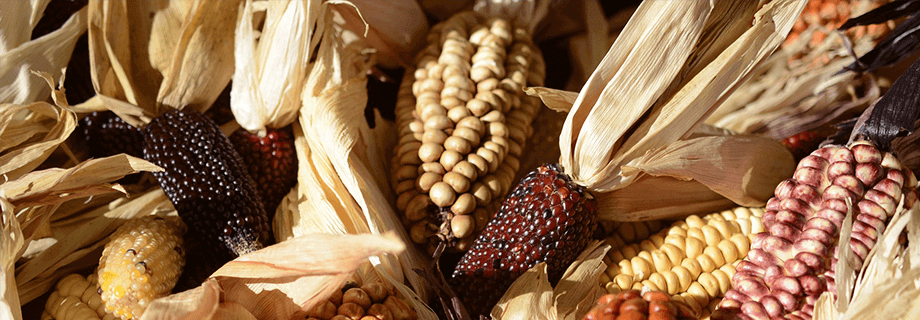Perhaps More Important Than Ever to Make Quality Food Products

The New York Times recently ran an article explaining how crop improvement and breeding programs have not focused on nutrient content or quality. This particular article focused on phytonutrients. Rather than determining how different varieties of crops supply nutrients, the author points to numerous cases throughout history when traits such as color or sweetness were used for selection. Incredibly, the article stated the following:
“In fact, I’ve interviewed USDA plant breeders who have spent a decade or more developing a new variety of pear or carrot without once measuring its nutritional content.”
Similarly, one review pointed to an inverse relationship between crop yields and nutrient content – higher yields equaled lower nutrient content. A wide range of crops and nutrients were discussed in this review.
Meanwhile, an article describing the return of rickets in children in the UK was recently published. Rickets, long eradicated due to improvements in the diet, is completely preventable. Simply eat foods containing enough vitamin D (or spend a little time in the sunlight), and rickets goes away.
If there is truly a widespread case of lowered nutrient content in the raw materials that become food and feed products, then what goes on after harvest is becoming more important. Each time handling or processing occurs is an opportunity to affect nutrient content and quality. I recently discussed this in blogs of mine, and why post-harvest processing is important (see here and here).
Food and eating are on the short list of things that affect every one of the 7 billion plus people on Earth, multiple times each day of our lives. The nutrients contained in food are a major part of the foundation of the health and wellness of every person. Why, then, does crop development proceed without a major focus (or without any, in some cases) on nutrients?
As a result, it may be more important than ever to focus on post-harvest process development.
Consider the following to help you make quality food and feed products:
- Establish incoming raw materials testing programs to ensure that your raw materials meet your nutrient specifications before they are used to make products.
- Work with an equipment manufacturer with experience and excellent service.
- Develop quality testing programs, used throughout each production day, to ensure that production standards of consistency, quality, and safety are met.
- Tout the benefits of your products and processing – an excellent marketing tactic is to show how you care about nutrient content and quality in the finished product.
- Work with a reputable testing laboratory to ensure the integrity of your nutrition data.
Insta-Pro International can help you with all of these things as you strive to make quality food and feed products.

